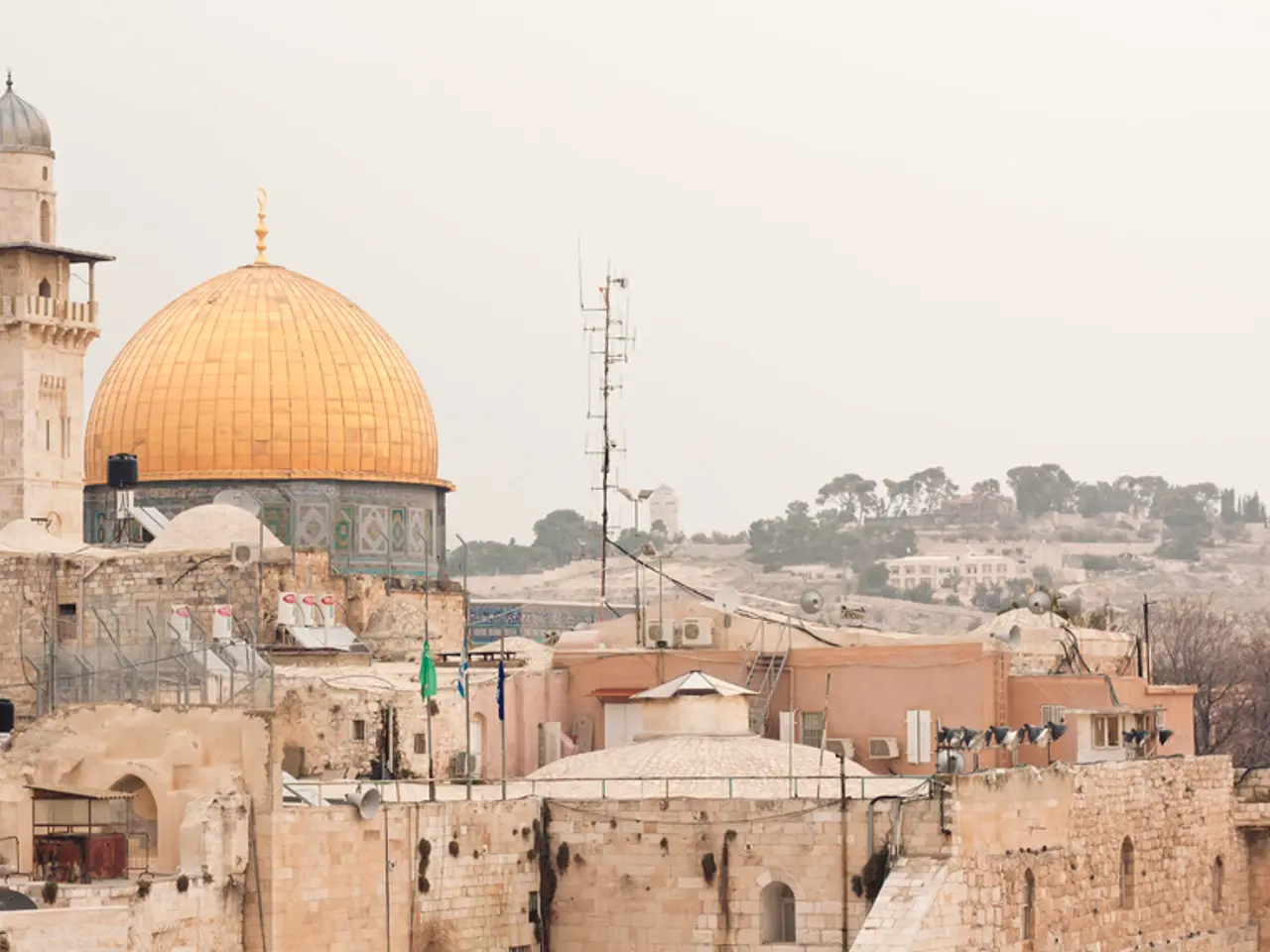Barcelona's Housing Dilemma: Multiple Problems Demand Multiple Resolutions!
Barcelona, a city known for its vibrant culture and booming economy, has been grappling with high housing costs, touristification, and gentrification for years. In 2016, the city introduced the Barcelona Right to Housing Plan 2016-2025 to tackle these issues, drawing inspiration from housing strategies in cities like Vienna, Amsterdam, Berlin, Paris, and others.
Javier Burón Cuadrado, Housing Manager of Barcelona City Council, led the team that drafted the plan. Cuadrado considered cities like Berlin and Vienna as models, aiming to create a more affordable and inclusive housing market for the city's residents.
One of the key features of the plan is the city's right to purchase properties that have not been let in two years at half their market value. This measure aims to combat vacancy and speculation, particularly in the tourism sector where rental properties for tourists generate about 2 to 4 times higher profits than regular apartments.
To increase the number of affordable flats, the plan calls for the construction of 8,000 new public rental properties, with 80% available as social and affordable rents. The city has also declared 100% of its territory as an area of pre-emptive purchase, allowing it to buy dwellings entering the market first.
In addition, cooperative housing schemes will receive more support, with easier legal proceedings, subsidies, and grants. The Municipal Institute of Housing and Renovation (IMHAB) was founded to ensure proper coordination for the plan's implementation.
The plan is centered around four strategic axes: preventing and addressing the housing emergency, ensuring housing serves a social function, increasing the number of affordable flats, and renovating the existing housing stock. It aims to tackle challenges such as homelessness, overcrowding, illegal occupation (squatting), and energy poverty, and grant Barcelona's residents the right to adequate housing.
During the Covid-19 pandemic, vacant tourist apartments were used as temporary accommodation for low-income residents, demonstrating the plan's adaptability in responding to unexpected circumstances.
Barcelona has a low social housing stock compared to OECD countries, as Spain has subsidized homeownership over the years. To address this, the city is partnering with non-profit social housing providers to develop 1,000 units on public land over the next 10 years.
A novel public-private partnership called Habitage Metropolis Barcelona (HMB) will construct and manage new, affordable dwellings, further bolstering the city's efforts to provide affordable housing for its residents.
Barcelona's population is expected to age significantly, with more than half of the population over 50 years old by 2032. The plan takes this demographic shift into account, focusing on creating housing that caters to the needs of an aging population.
Cuadrado also advises creating a learning network to share best practices and experiences with other cities facing housing challenges. By working together, cities can tackle the global issue of affordable housing more effectively.
In conclusion, the Barcelona Right to Housing Plan is a comprehensive approach to addressing the city's housing issues, drawing on best practices from around the world and tailoring solutions to meet Barcelona's unique needs. The plan's implementation is ongoing, and its success will contribute to making Barcelona a more affordable and inclusive city for all its residents.
Read also:
- visionary women of WearCheck spearheading technological advancements and catalyzing transformations
- Recognition of Exceptional Patient Care: Top Staff Honored by Medical Center Board
- A continuous command instructing an entity to halts all actions, repeated numerous times.
- Oxidative Stress in Sperm Abnormalities: Impact of Reactive Oxygen Species (ROS) on Sperm Harm








